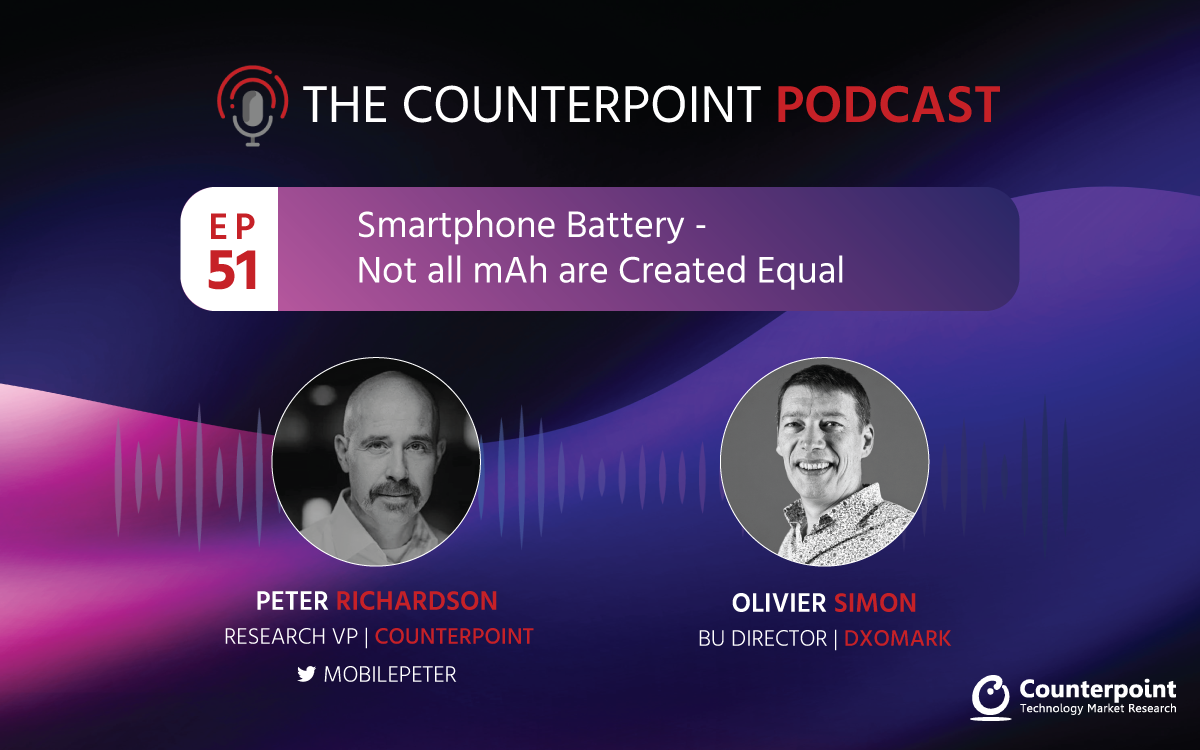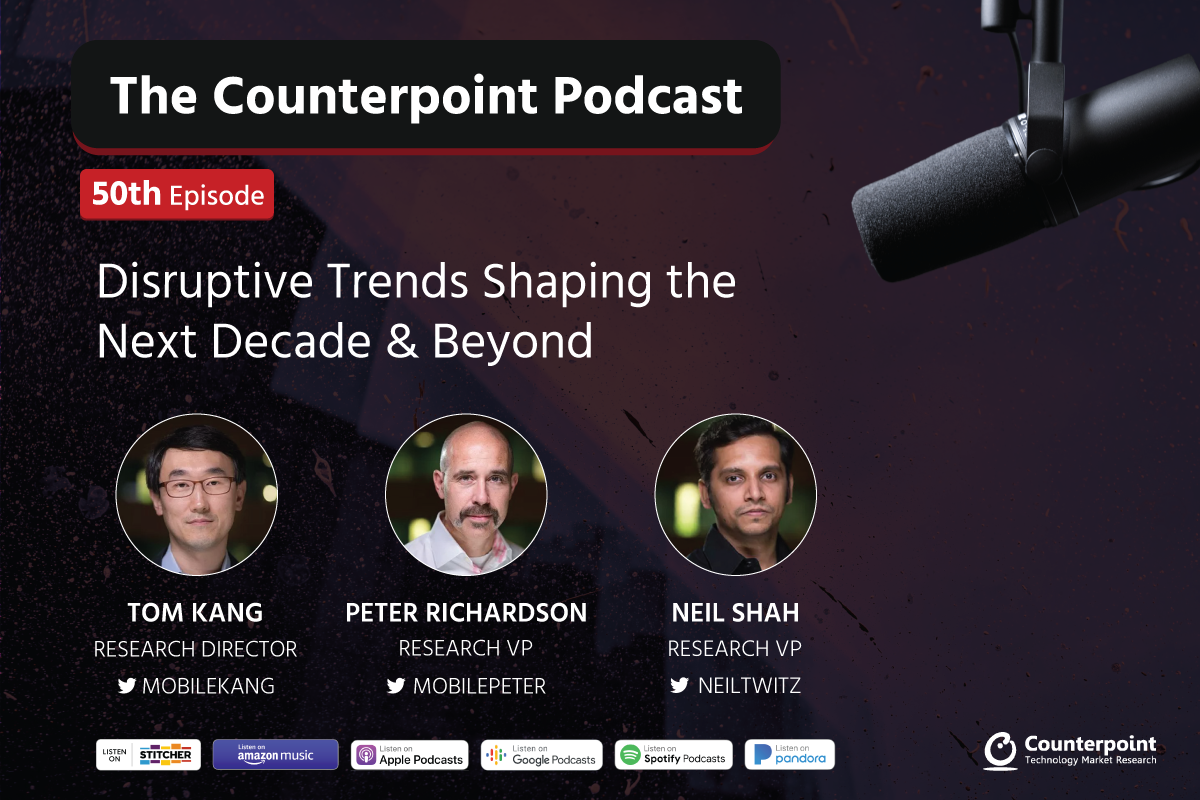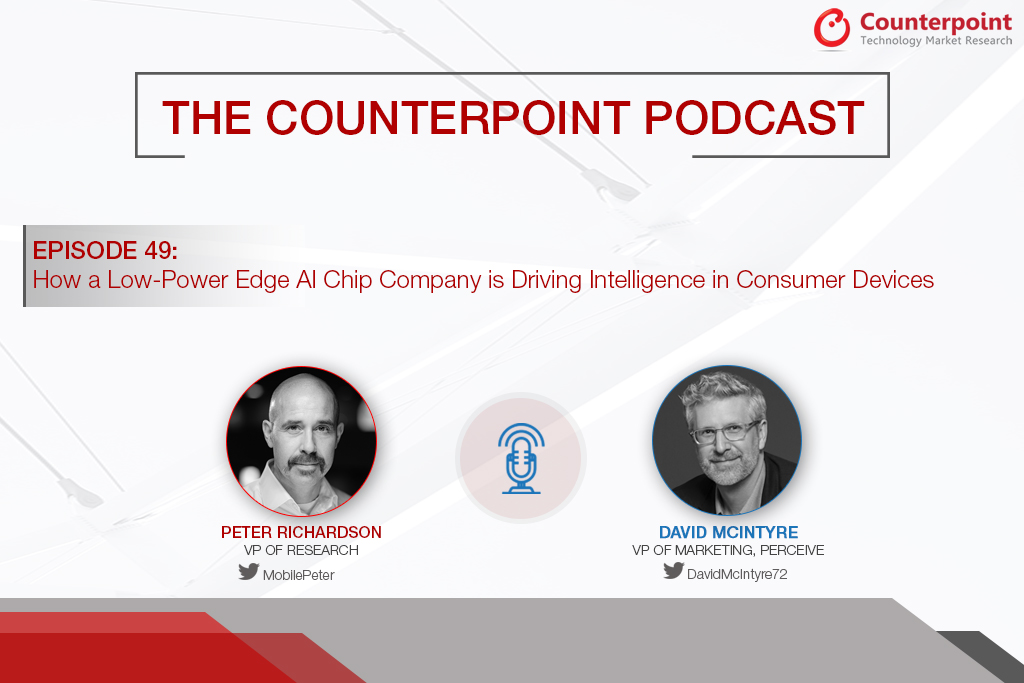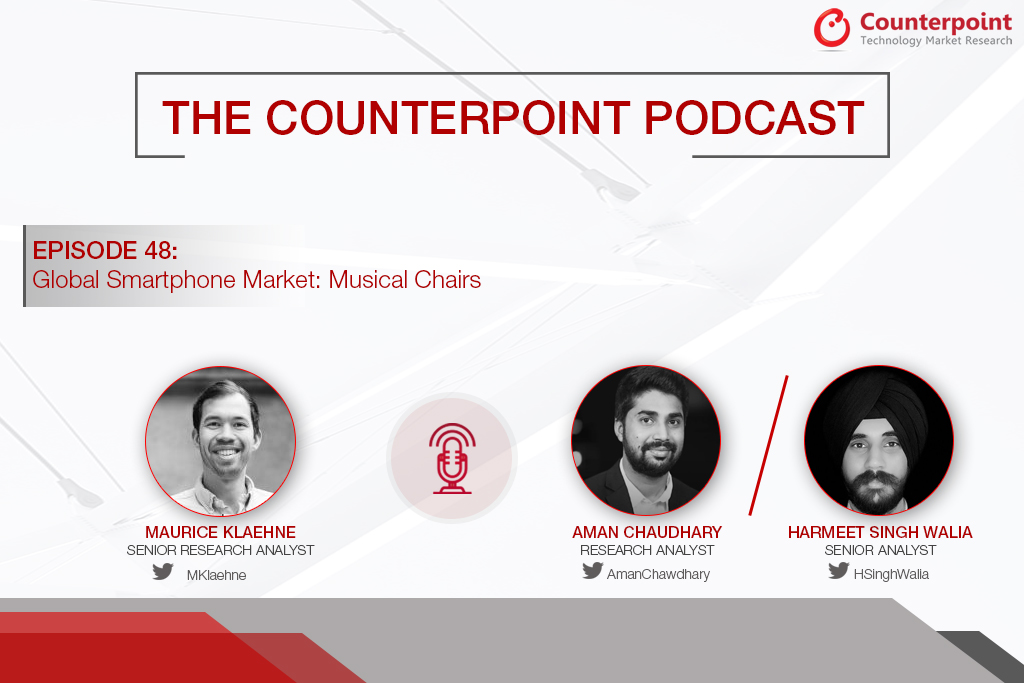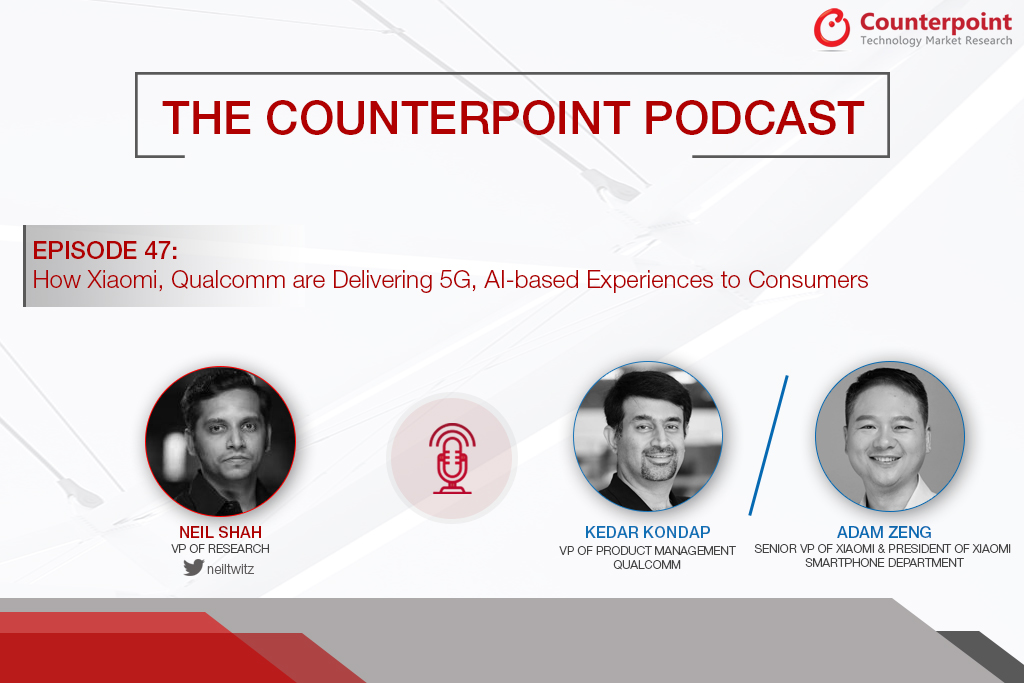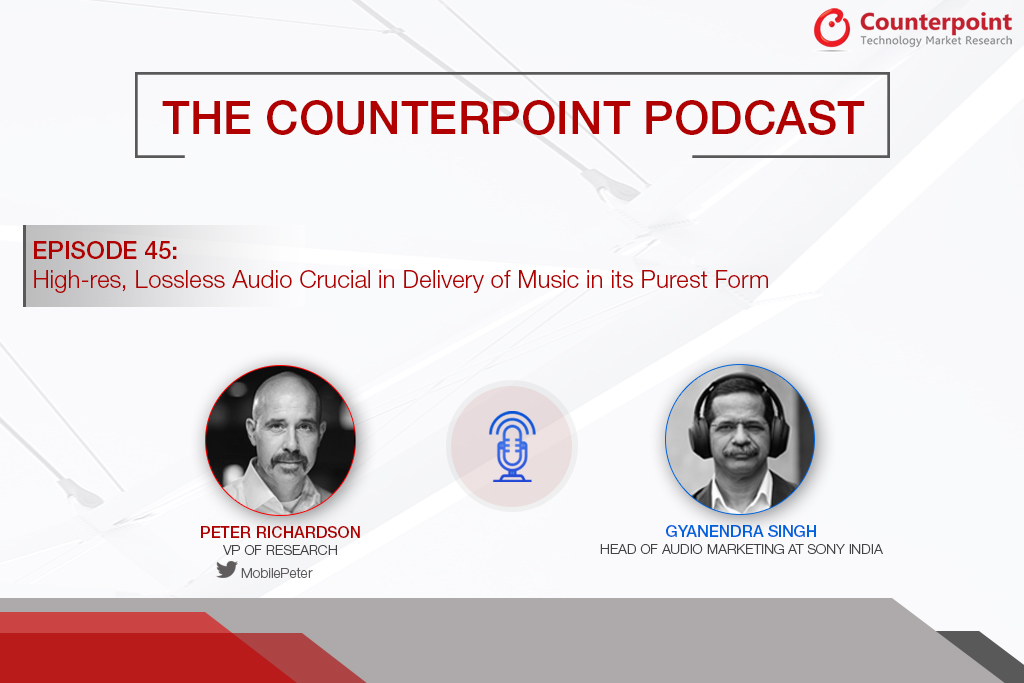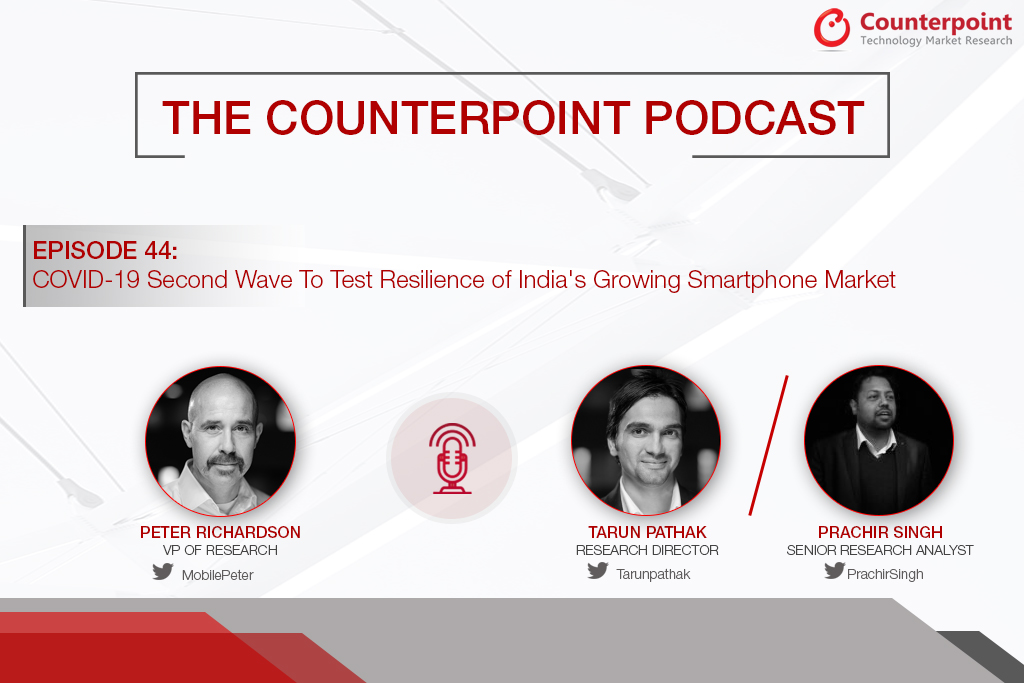Smartphones have become a big part of our daily lives. From advanced processing power to vivid high-refresh-rate displays and stunning cameras, there is a lot that modern smartphones offer. But whether you are at home, in office, or traveling, it is the battery that decides your smartphone’s ability to communicate, complete a transaction, or click photos at any given time.
Smartphone battery technology has evolved over the years. Smartphones now pack higher capacity batteries along with faster charging speeds and more. But when choosing a smartphone, the only available battery capacity information is the mAh (or milliamp hours) number, which is not enough. So, what are the other battery parameters that one should look for when buying a new smartphone?
In the latest episode of the ‘The Counterpoint Podcast’, host Peter Richardson is joined by special guest Olivier Simon, DXOMARK’s battery unit director. Olivier shares some insights on DXOMARK’s smartphone battery evaluation, factors that affect battery life, and more. Olivier further deep dives to explain what mAh and watt mean and how do they translate into the experience when it comes to smartphone battery life. He also has some tips for OEMs on how to design smartphones keeping the battery aspect in mind. For consumers too, he has some advice on how to buy a smartphone with a battery life that fits their needs.
Hit the play button to listen to the podcast
Podcast Chapter Markers
01:07 – Olivier talks about his experience and background.
02:22 – Olivier on the main driver for DXOMARK to cover the battery space.
04:59 – Olivier on battery specs, focusing on what mAh means.
07:52 – DXOMARK’s battery testing procedure.
10:32 – Olivier on smartphone battery testing process with radio environment.
15:56 – Testing battery charge and recharge cycles.
20:41 – DXOMARK’s battery scores and testing results.
23:10 – DXOMARK’s advice to OEMs for optimizing battery performance.
25:25 – Any clear winner between Android and iOS in battery autonomy?
27:44 – Does smartphone AP from a different manufacturer impact battery performance?
31:53 – Advice for consumers when buying a smartphone this holiday season.

